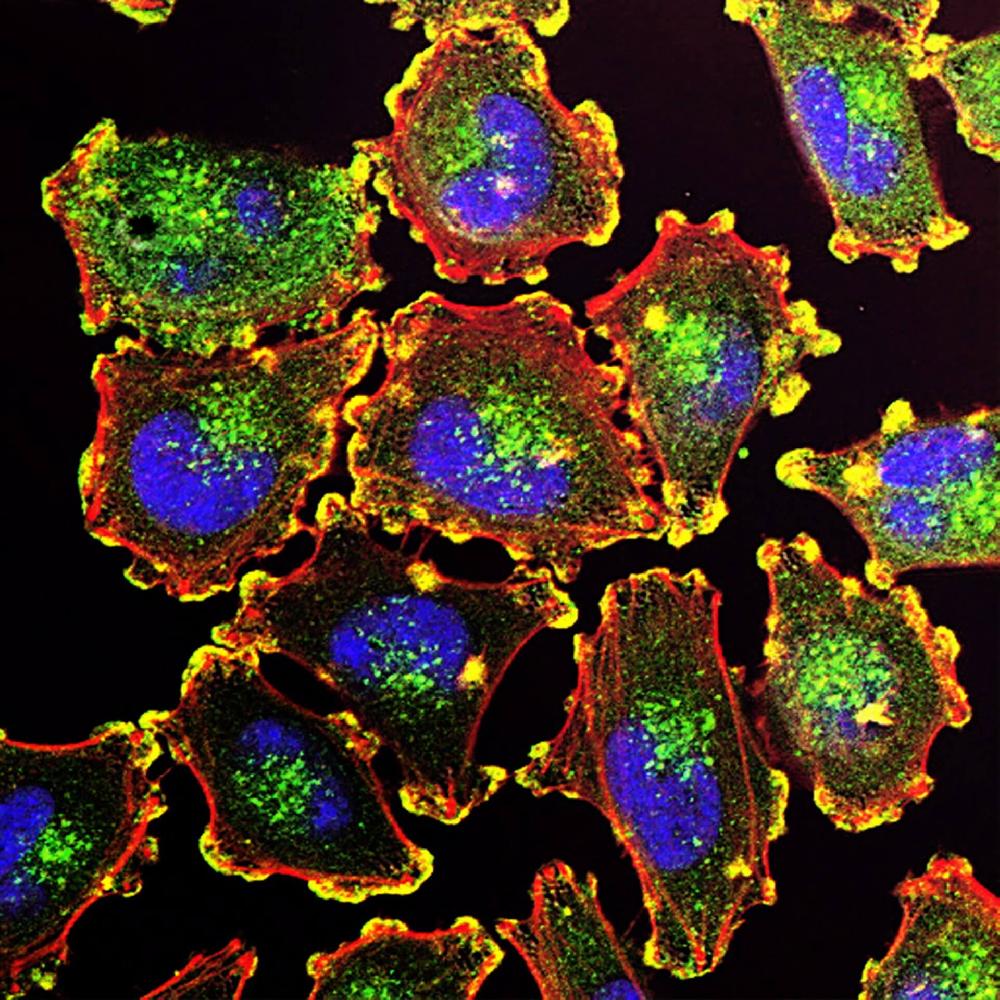This website uses cookies to ensure you get the best experience on our website.
- Table of Contents

Facts about Tyrosine-protein kinase Yes.

Upon EGFR activation, promotes the phosphorylation of PARD3 to prefer epithelial tight junction assembly. Participates in the phosphorylation of specific junctional components such as CTNND1 by stimulating the FYN and FER tyrosine kinases in cell-cell contacts.
| Human | |
|---|---|
| Gene Name: | YES1 |
| Uniprot: | P07947 |
| Entrez: | 7525 |

| Belongs to: |
|---|
| protein kinase superfamily |

cellular yes-1 protein; c-yes; EC 2.7.10; EC 2.7.10.2; HsT441; P61-YES; Proto-oncogene c-Yes; proto-oncogene tyrosine-protein kinase Yes; v-yes-1 Yamaguchi sarcoma viral oncogene homolog 1; Yamaguchi sarcoma oncogene; Yes; YES1
Mass (kDA):
60.801 kDA

| Human | |
|---|---|
| Location: | 18p11.32 |
| Sequence: | 18; NC_000018.10 (721588..812846, complement) |
Expressed in the epithelial cells of renal proximal tubules and stomach as well as hematopoietic cells in the bone marrow and spleen in the fetal tissues. In adult, expressed in epithelial cells of the renal proximal tubules and present in keratinocytes in the basal epidermal layer of epidermis.
Cell membrane. Cytoplasm, cytoskeleton, microtubule organizing center, centrosome. Cytoplasm, cytosol. Newly synthesized protein initially accumulates in the Golgi region and traffics to the plasma membrane through the exocytic pathway.





PMID: 2436037 by Sukegawa J., et al. Characterization of cDNA clones for the human c-yes gene.
PMID: 2021534 by Sugawara K., et al. Distribution of c-yes-1 gene product in various cells and tissues.